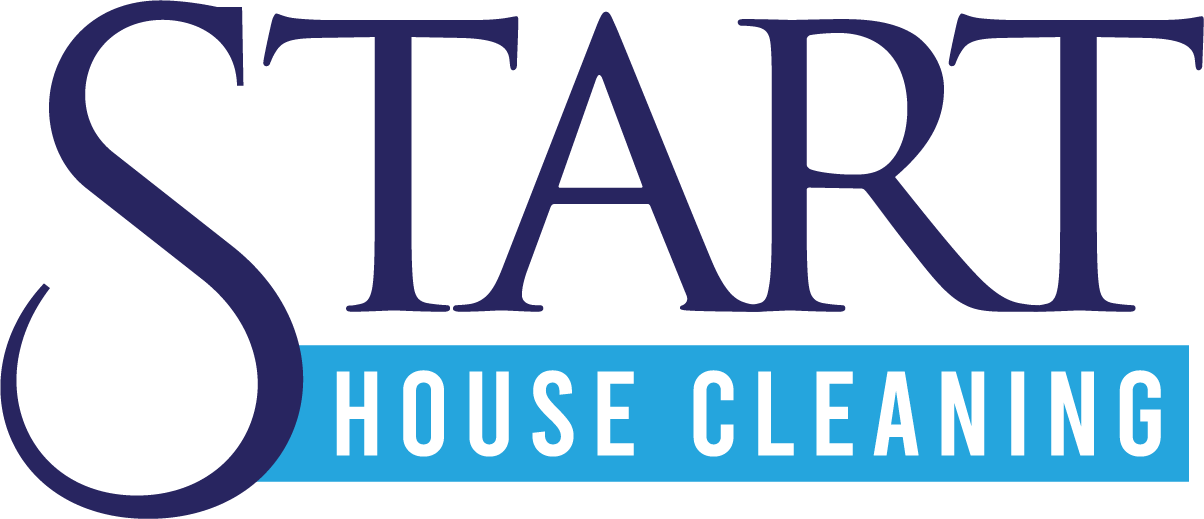Cleaning and sanitizing are two essential practices for maintaining cleanliness and hygiene in any setting. While the terms are often used interchangeably, they have different meanings and purposes. This article will explore the difference between cleaning and sanitizing and why both techniques are essential to keep our homes, workplaces, and public spaces safe and healthy.
What is Cleaning?
Cleaning is the process of removing dirt, dust, debris, and other unwanted substances from surfaces. It involves using water, soap, detergent, or other cleaning products to scrub and wipe away visible dirt and grime physically. Cleaning can be done with various tools, including mops, brooms, sponges, and vacuums.
Why is Cleaning Important?
Cleaning is important for several reasons:
- It helps to remove dirt, dust, and debris that can accumulate on surfaces and in crevices, making them less attractive and less likely to harbor harmful bacteria and germs.
- It can help to control odors and improve indoor air quality by removing dust, pet dander, and other allergens.
- Regular cleaning can help to prolong the life of surfaces and equipment by preventing the buildup of dirt and grime.
- It can help to create a more pleasant and welcoming environment for occupants, customers, or guests.
What is Sanitizing?
Sanitizing reduces the number of harmful bacteria and viruses on surfaces to a safe level. It involves using a chemical disinfectant or sanitizing solution to kill or deactivate microorganisms that may cause illness or infection. Sanitizing is typically done after cleaning, as it is more effective on a clean surface.
Why is Sanitizing Important?
Sanitizing is important for several reasons:
- It can help to prevent the spread of illness and infection by killing or deactivating harmful microorganisms that may be present on surfaces.
- It is essential in high-risk settings such as hospitals, schools, and food preparation areas, where the spread of germs can have serious consequences.
- Regular sanitizing can help to maintain a hygienic environment and prevent the buildup of harmful bacteria and viruses.

What is the Difference Between Cleaning and Sanitizing?
The main difference between cleaning and sanitizing is the goal of each process. Cleaning aims to remove visible dirt and debris while sanitizing aims to kill or reduce the number of harmful microorganisms on surfaces. Cleaning is a necessary first step before sanitizing, as it helps to remove the physical barriers that may protect bacteria from the sanitizing solution.
When to Clean vs. Sanitize
In general, cleaning should be done regularly to maintain a clean and tidy environment, while sanitizing should be done on a schedule based on the level of risk and frequency of use of the surfaces being sanitized. Some examples of when to clean versus sanitize include:
- Clean regularly used surfaces such as desks, countertops, and floors daily, but sanitize high-touch surfaces such as door handles, light switches, and elevator buttons multiple times daily.
- Clean kitchen surfaces after each use, but sanitize cutting boards, utensils, and food preparation surfaces before and after each use.
- Clean bathroom surfaces regularly but frequently sanitize high-touch areas such as toilet seats, faucets, and doorknobs.
Cleaning vs. Sanitizing FAQs
Q: Can cleaning alone kill germs and bacteria?
A: No, cleaning alone is insufficient to kill germs and bacteria. Cleaning only removes visible dirt and debris, but it does not necessarily kill harmful microorganisms. Sanitizing is required to effectively kill or reduce the number of harmful bacteria and viruses on surfaces.
Q: Can sanitizing replace cleaning?
A: No, sanitizing is not a substitute for cleaning. Sanitizing should only be done on a clean surface to be effective. Cleaning should always be the first step before sanitizing to ensure the surface is free of dirt and debris.
Q: What is the best way to sanitize surfaces?
A: The best way to sanitize surfaces is to use a chemical disinfectant or sanitizing solution that is effective against a wide range of harmful bacteria and viruses. Always follow the instructions on the product label, and let the solution sit on the surface for the recommended time to allow it to work effectively.
In Summary,
Cleaning and sanitizing are essential for maintaining a clean and healthy environment. While cleaning aims to remove visible dirt and debris, sanitizing aims to kill or reduce the number of harmful microorganisms on surfaces. It’s important to use both techniques to ensure a high level of hygiene and reduce the spread of illness and infection. By understanding the difference between cleaning and sanitizing and using both techniques appropriately, we can help to create a safe and healthy environment for ourselves and those around us.

More Cleaning Business Tips & Articles
